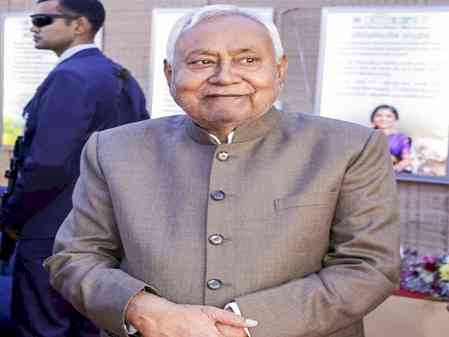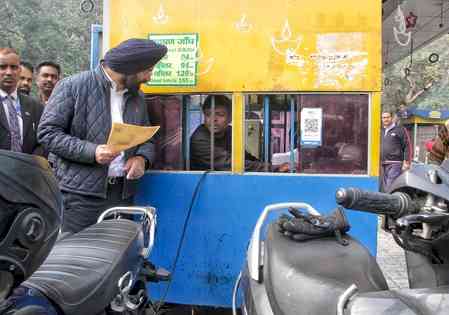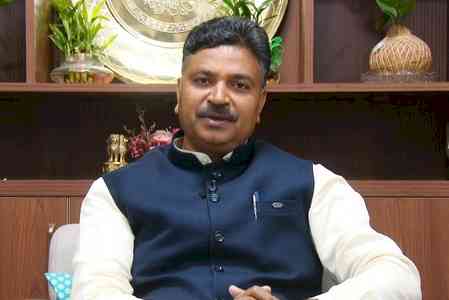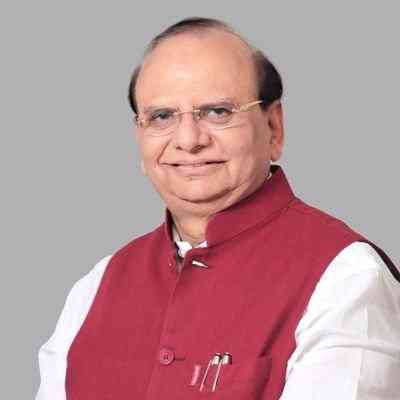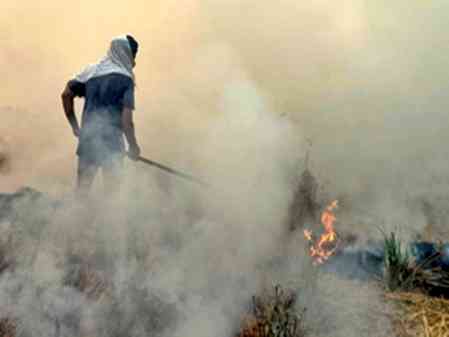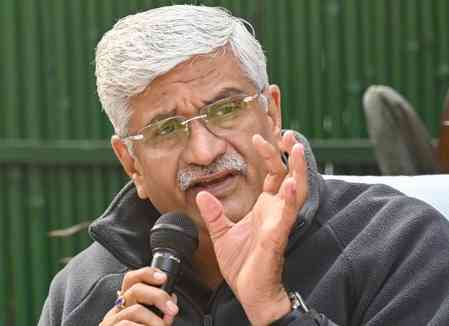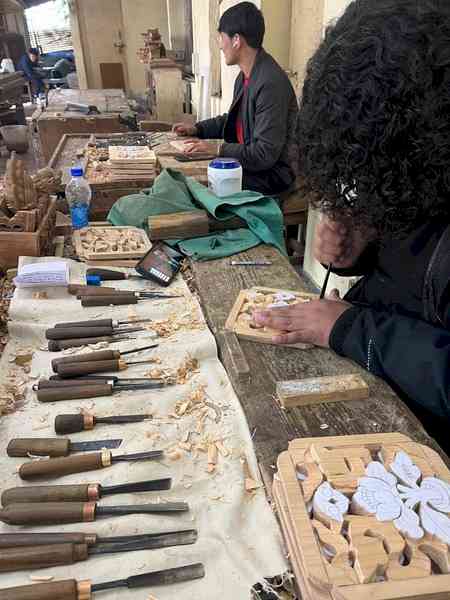FairPoint: A walk across the bridge of resolve, PM Modi's strong Chenab message
There are rare moments in a nation's history when a leader's action reverberates far beyond the physical gesture -- it speaks directly to adversaries, uplifts the national spirit, and sets the course for the future. Prime Minister Narendra Modi's walk across the Chenab Bridge -- the world's highest railway bridge -- holding the Tricolour high in his right hand, was one such moment.
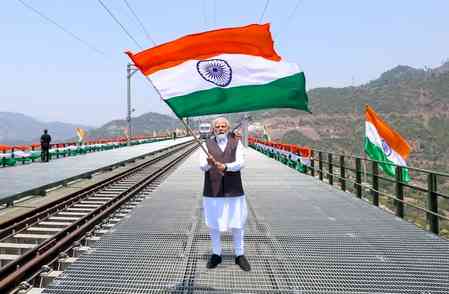
Deepika Bhan
New Delhi, June 8 (IANS) There are rare moments in a nation's history when a leader's action reverberates far beyond the physical gesture -- it speaks directly to adversaries, uplifts the national spirit, and sets the course for the future. Prime Minister Narendra Modi's walk across the Chenab Bridge -- the world's highest railway bridge -- holding the Tricolour high in his right hand, was one such moment.
Quiet but commanding, symbolic yet strategic, it was a bold declaration. In that symbolic stride, the Prime Minister wasn't just showcasing a feat of Indian engineering; he was delivering a bold message to those who have long sought to destabilise India through covert aggression and terror.
For over three decades, Pakistan and its terror network have engaged in a relentless proxy war in Jammu and Kashmir and also in other parts of India. From cross-border infiltration to radicalisation, they have aimed to keep Jammu and Kashmir and India in turmoil. And when the Pahalgam terror attack happened, India responded with Operation Sindoor -- with military resolve and diplomatic firmness.
Amid this operation, India continued with its developmental triumphs. The walk on the Chenab Bridge was a powerful signal to Pakistan, its allies, and the rest of the world.
By walking that bridge with the flag aloft, PM Modi asserted territorial sovereignty and also underlined a shift in India's policy from deterrence to direct action.
After the April 22 Pahalgam terror attack, carried out by The Resistance Front (TRF), an offshoot of Pakistan-backed Lashkar-e-Taiba, India has made it clear -- neither the LoC nor Pakistani territory will remain untouched if terror originates from there.
The shift started with the 2016 surgical strikes, the 2019 Balakot airstrikes, the revocation of Article 370, and the May 7 Operation Sindoor. These have all marked a shift in India's strategic doctrine -- no longer defensive and reactive but proactive and assertive.
Through Operation Sindoor, New Delhi has set a new strategic red line -- if terror is Pakistan's state policy, it will be met with a visible and forceful response. PM Modi's solitary walk was a signal that India will no longer be held hostage by fear nor dictated to by those who trade in violence and chaos. It was also a message to the people of Jammu and Kashmir that New Delhi's commitment to development, stability, and integration is not just a promise -- it is a mission.
The walk was also a reminder to every Indian watching that the fight against terror isn't only for the security forces to tackle, but it's also in our commitment to progress. Roads, tunnels, railways, and bridges -- these are India's new weapons of peace, built to empower. The PM's walk on the bridge just reflected this.
In that silent, deliberate stride was the assertion that the region will no longer be a theatre for conflict but a beacon of connection and progress.
PM Modi's visit to J&K came exactly one month after Operation Sindoor, a meticulously executed mission that neutralised nine high-value terrorist camps in Pakistan and Pakistan-occupied Kashmir (PoK).
In retaliation, Pakistan resorted to heavy shelling at residential areas in Jammu and Kashmir and also indulged in drone raids across the whole of the western border. India then attacked 11 airbases of Pakistan, following which Pakistan raised the white flag and begged for a ceasefire.
Operation Sindoor wasn't just a tactical win. It was a strategic signal: that India's patience with terrorism emanating from Pakistan is not infinite and that every infiltration, every ambush, will be met with proportionate force.
By choosing to visit J&K after this operation and walk on the Chenab Bridge, which is just 133 km from PoK, PM Modi linked two critical narratives: the hard power of security and the soft power of development.
It reflected the seamless continuation of India's twin-track approach in Jammu and Kashmir -- crush the terror infrastructure while simultaneously empowering the region through unprecedented infrastructure and economic development.
This stands in stark contrast to Pakistan's approach to Kashmir: one rooted in radicalisation, violence, and diplomatic falsehoods. It is forcing the youth to die for a false narrative and an insane cause, and has kept the occupied part of Kashmir in poverty and underdevelopment.
PM Modi's walk across the Chenab Bridge wasn't just physical; it was psychological. It represented an India that is no longer looking over its shoulder but walking ahead with resolve, dignity, and confidence. Holding the flag was a symbol of ownership of territory, of the future, and of the narrative.
Leaders are often remembered not just for what they say but for what they do when it matters. With the Tricolour fluttering against the Himalayan winds, PM Modi's walk on the Chenab Bridge was symbolic and historic.
For Pakistan, it was a warning that India will protect its territorial integrity and punish aggression with precision. For the people of Jammu and Kashmir, it was reassurance that they are seen, heard, and included. And for the rest of the world, it was a signal that India is prepared to lead not just economically but morally and militarily if required.
(Deepika Bhan can be contacted at [email protected])


 IANS
IANS 
